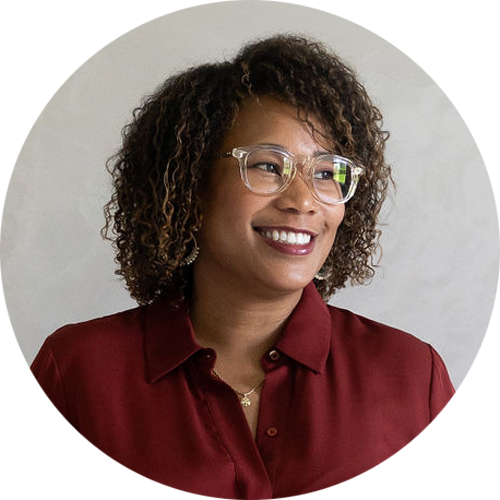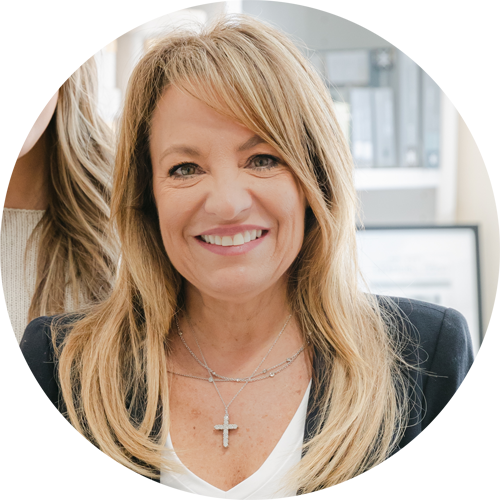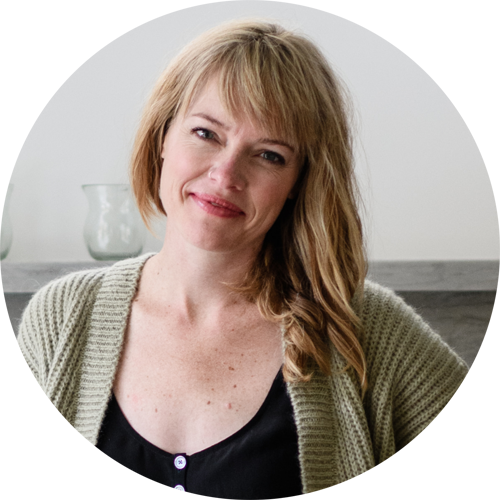No one wants to be the person slowing down a project, yet it happens to the best of us. That’s why we asked four designers—Yvonne McFadden, Letecia Haywood, Tami Owen and Julia Miller—what steps they take to minimize bottlenecking.

Detailed Documentation
“One of the primary ways we avoid bottlenecking is by strategically taking on projects with staggered completion dates and a diverse range of scopes. These scopes can vary from new builds and significant historic renovations to smaller soft goods projects. This approach allows us to work on multiple projects simultaneously while ensuring that each project receives the necessary time and attention during its critical design and installation phases. I delegate much of the vendor communication, coordination and follow-up to my team members to allow myself time for design-specific tasks and direct communication with our clients. We rely heavily on an up-to-date calendar to keep everyone informed of upcoming deadlines and installations, and open lines of communication among our team members are vital to ensure everyone is working together toward the same objectives. My team also plays a crucial role in maintaining detailed meeting notes, which I can refer to when delegating tasks. This also ensures client feedback or project changes are not overlooked. We foster a team-oriented environment that challenges traditional, rigid roles, which allows for a more collaborative approach [if we face] potential problems or setbacks. No one on our team considers themselves above any particular task because we understand that our collective goal is to deliver a stunning final product that our clients will love for years to come.” —Yvonne McFadden, Y. McFadden Interiors, Atlanta

Trust Your Team
“While I haven’t completely figured this out—I’m a work in progress!—my team and I are aligned when making design decisions. They understand my priority hierarchy and don’t need my approval on everything. My studio also uses Basecamp [software] for project management and communication. I use it to delegate tasks and assign due dates, which keep projects moving forward.” —Letecia Haywood, Letecia Ellis Haywood Interior Design, Bellaire, Texas

Step by Step
“My team has had years of experience in small and large offices, so they understand the sequence of events that have to happen in order to get to the end product. For example, if a client says they want a sofa, we have a process in place: We do a drawing for that sofa if it’s custom, and then we send that drawing to our workroom to get them to price us, and then we have to pick out the fabric and check availability. There are a lot of different steps that go on before we can even send an estimate to that client, and after approval, it turns into an invoice, and then there’s the whole process of getting it done. My team sees all of those steps through so we don’t miss anything.” —Tami Owen, The Owen Group, Houston

Find Your Stride
“We’ve found that having a clear process for each and every project, regardless of scope, has streamlined our deliverables and given us predictability in timelines. In order to schedule projects it is critical to discuss the timeline at the outset with all parties involved including the client, architect, builder and trades. We find that defining the meeting schedule and desired construction dates helps us understand how to set the cadence of our work. Prior to signing a final contract with a client, we outline our anticipated deliverable schedule so that there is no misunderstanding about how fast we can move. We’ve found that having three to five projects in the design phase, which is the heaviest investment of our time, allows us to be fully responsive and efficient with our work throughout the duration of a project. We are also very attentive to any questions that arise and aim to return all emails or calls within one business day. Setting expectations about the schedule and decision-making process allows us to avoid bottlenecks.” —Julia Miller, Yond Interiors, Minneapolis
Homepage image: A rustic living room by Julia Miller gets additional warmth from wood details | Amanda Marie Birnie





























